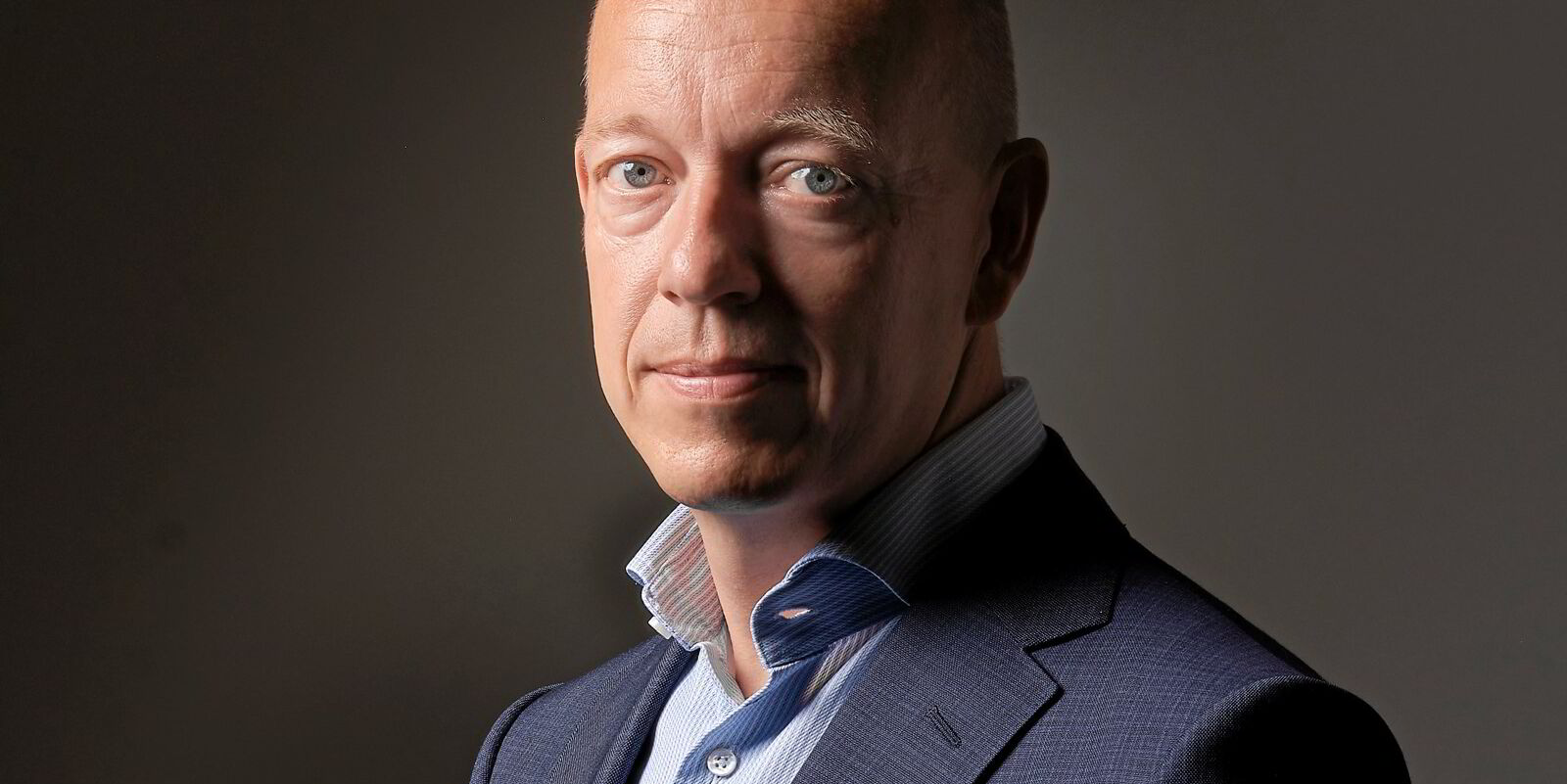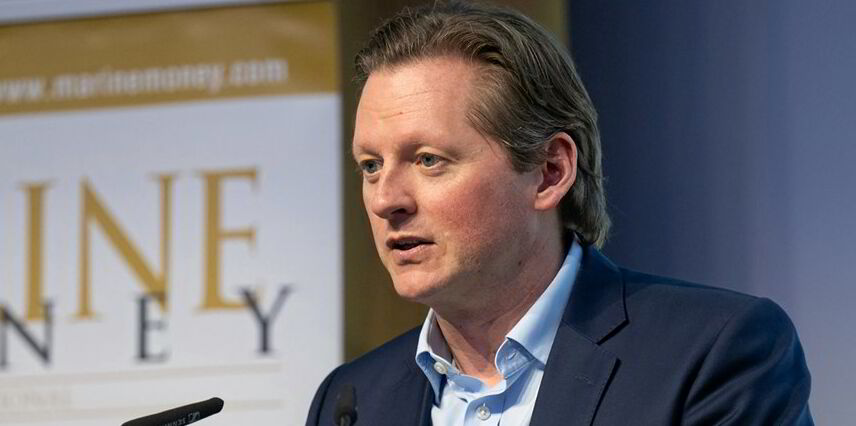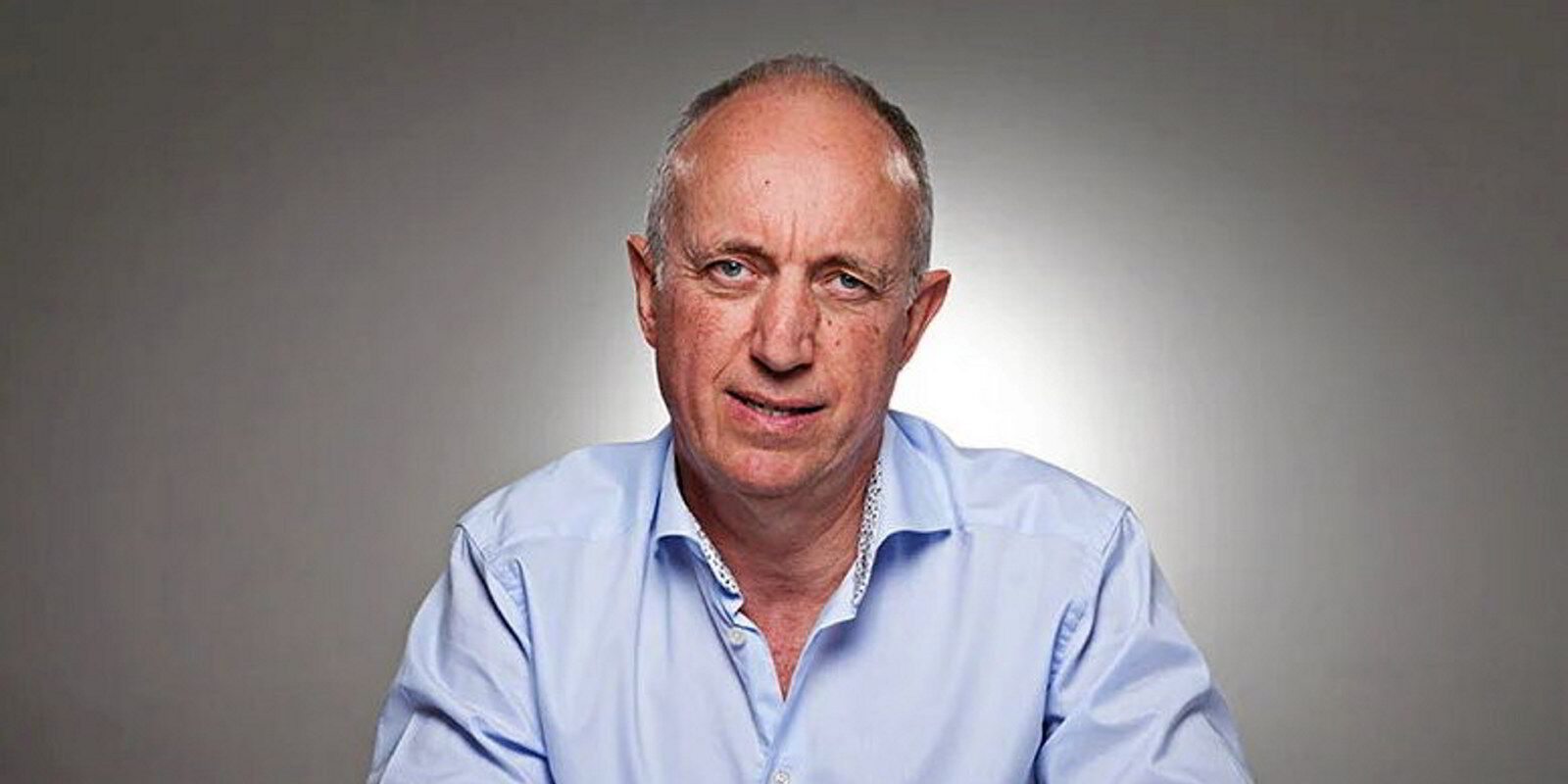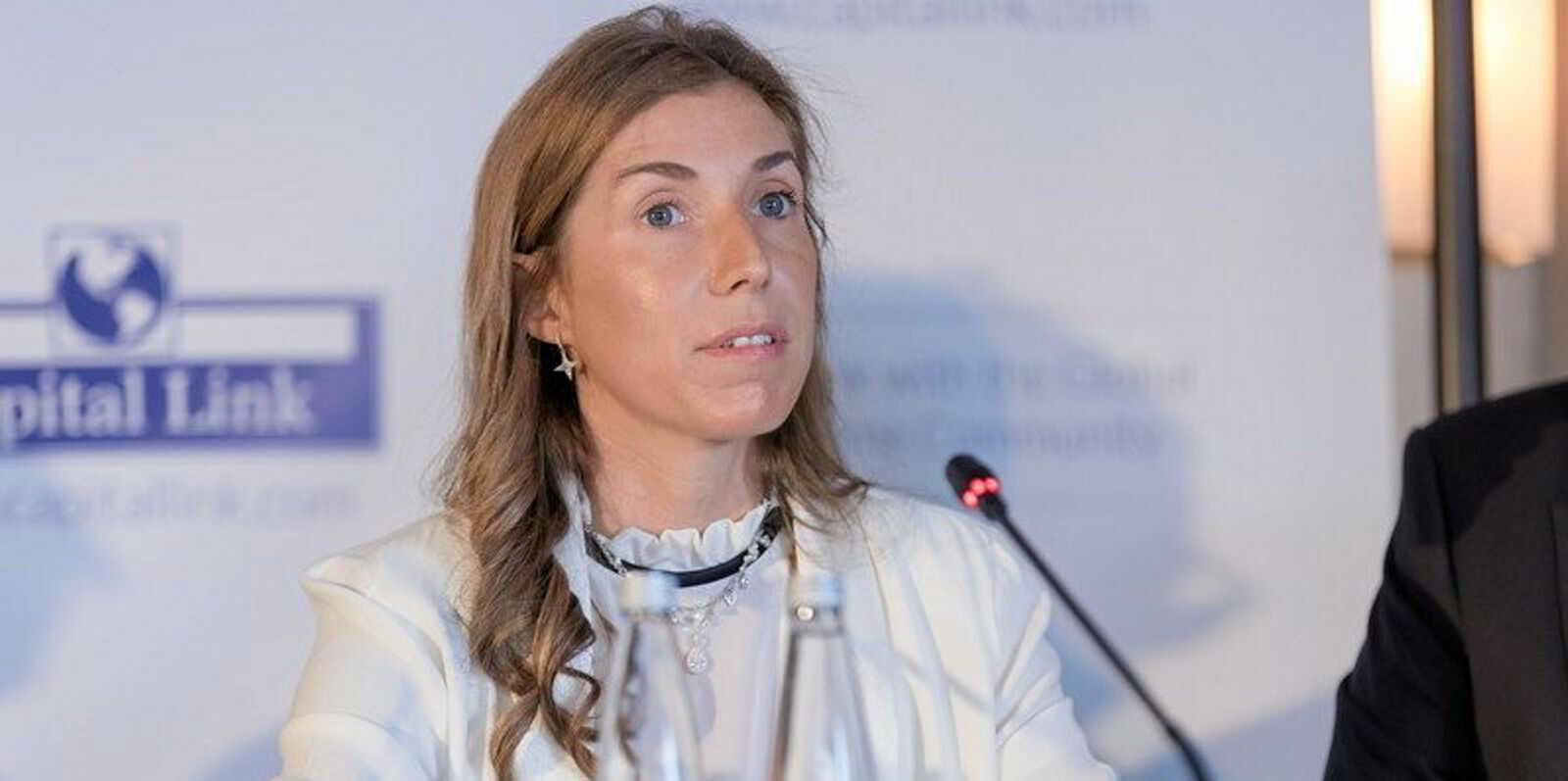Norden could flip a raft of vessels for profit in the months ahead to help buoy its bottom line after six months of cash burn from its operated fleet of vessels.
Chief executive Jan Rindbo told TradeWinds the Danish owner-operator has more than 80 purchase options on ships, many of which can be played this year and next.
He pointed to the fact that supramax values have grown by 17% year on year and capesize prices are up by at least one-third.
“We have 84 purchase options and 50 of these can actually be declared before the end of 2025,” he said.
“So there’s a lot of value there, because these purchase options are at a strike price that is below current market prices.”
Two-thirds of these options are for bulk carriers across handysizes, supramaxes and panamaxes. The rest are for MR product tankers.
Norden has not yet decided how to play its cards, Rindbo said, noting that some of the ships have extension options, which means they can be kept in the operating division a little longer.
“Maybe we will convert some vessels to owned vessels and then have a cheaper vessel on the books,” he added.
“Other ships we may decide to sell and take the profit — that will be a sort of individual case-by-case decision that will be made.”
Taking purchase options and flipping the vessels at a profit has been a successful ploy by listed shipping companies of late.
In June, asset-light operator Western Bulk pulled the trigger on the purchase option it had on an ultramax and quickly sold it for nearly $5m gross profit.
It is a paradoxical time for Norden. Its owned fleet is enjoying a profitable period, but operating other people’s vessels is proving expensive.
Rindbo explained: “You may recall that we had a short position in the first quarter and that we’ve now changed by chartering in more tonnage.
“Those ships are coming in at a higher cost, because the market has been stronger, reflecting the overall underlying positive market development that we’re seeing in dry cargo.
“That has then benefited the other division, Assets & Logistics, where we have the long-term fleet of owned and leased vessels.
“Here, we continue to have very solid earnings, benefiting from good paying coverage, and we’re also seeing the underlying values in Assets & Logistics are continuing to go up.”
Norden’s operating business, which is organised within its Freight Services & Trading division, suffered a loss of nearly $45m in first six months of this year.
Given the challenges, Norden shaved $10m from the top end of its full-year profit forecast, which is now expected to land between $160m and $240m.
Whether its annual result will fall towards the upper end of this range depends on better margins for Freight Services & Trading — and Norden expects “further gradual improvements”.
Its 2024 profit guidance includes $61m in gains from vessel sales and other agreed transactions.
Norden’s net profit for the second quarter was $46m, down from $108m in the same period last year.
Revenue grew year on year by 8% to $1.03bn for the quarter.
Norden’s Assets & Logistics division contributed $64m to the bottom line on the back of tanker earnings and high earnings coverage from its owned bulk carriers.
But its asset-light Freight Services & Trading division suffered an $18m loss during the quarter due to “temporarily negative” margins on its operated vessels.
“We have dry bulk and tankers; we have the owned and leased fleet, and then we have the operated fleet,” Rindbo said.
“So we have, you could say, four levers in our commercial strategy that we can use, which gives us a high degree of flexibility, it gives us more stability.
“Yes, there will be some quarters where we are earning a lot more in one division than in the other, but overall, for Norden, it just creates good results overall.”
The company has just acquired Norwegian dry-cargo operator NorLat Shipping, which specialises in carrying forestry products between the Baltic and North America.
Much like Thorco Projects, which Norden took over last year, NorLat will be merged into the projects and parcelling business, providing an extra leg to stand on in terms of revenue generation and access to a broader range of cargoes, customers and geographic spread.
“We’re starting to see more synergies now between the project business and Norden’s existing business, and that has obviously given us the confidence now to accelerate the growth in this part of the business, where we are more specialised and focusing on niche-type business,” Rindbo said.
This will include greater potential to deploy vessels on what would otherwise be backhaul routes on which ships would usually be in ballast.
Instead, they can be laden with things such as offshore wind turbine components, steel coils and bagged cargo.
“Actually, what we’re seeing, interestingly, is that with the challenges in the container segment — with obviously higher rates but also higher unreliability from the container lines — there are more customers that are moving into the smaller bulk carrier segments again, and project-cargo ships,” Rindbo said.
Norden suffered its second consecutive quarter of negative margins on its operated ships, losing $420 per vessel day on its 474-ship operated fleet between March and June.
This is about $200 per day better than the first quarter, when Norden had a slightly smaller operated fleet.
Norden said its margins on operated vessels were affected in the second quarter by more expensive contracts for new vessels they were chartering in.
The negative margins came on the back of higher charter costs in covering its short position from the first quarter, combined with higher voyage costs related to weather and ballast legs.






